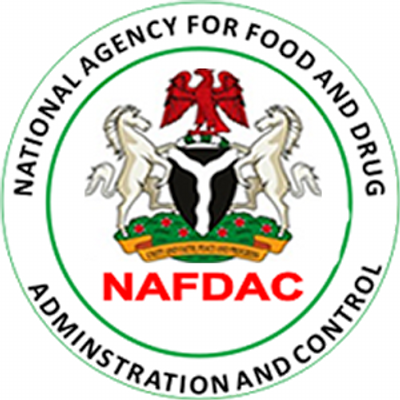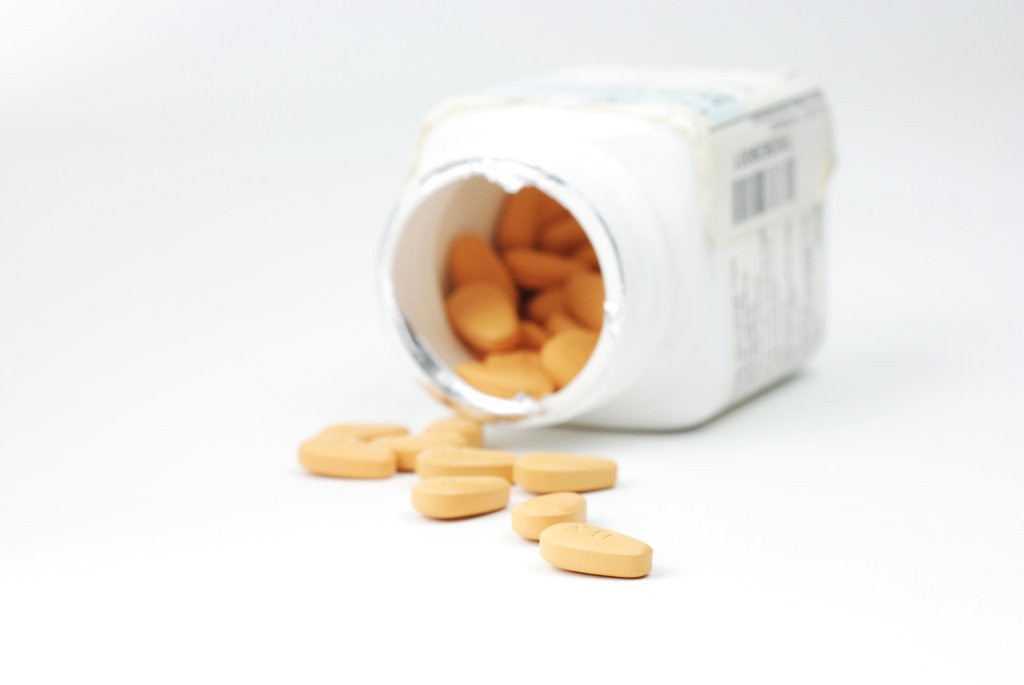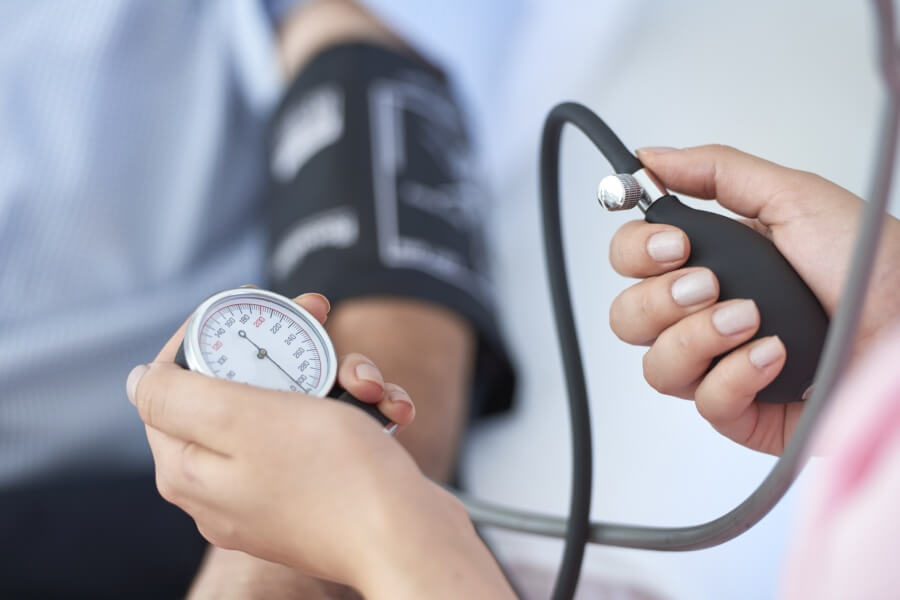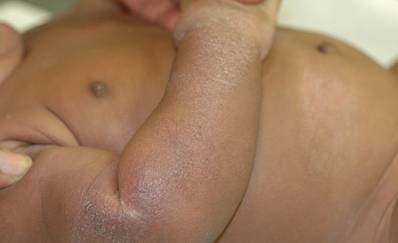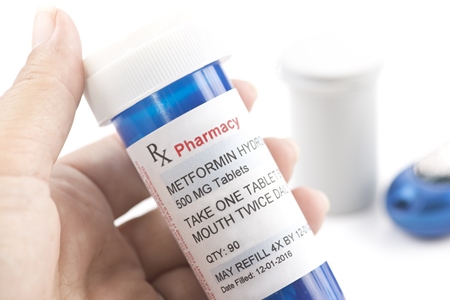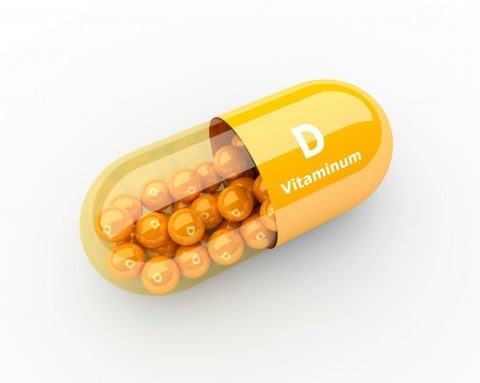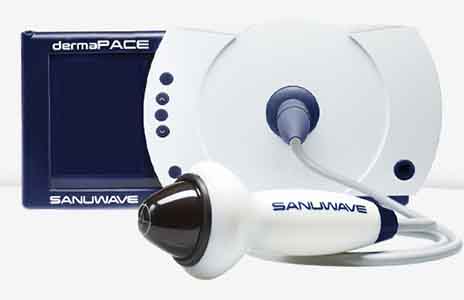High doses of vitamin D seem to keep arteries more flexible and pliable, potentially warding off future heart disease, heart attacks and strokes, preliminary research suggests.
In just four months, vitamin D supplements reduced arterial stiffness in a group of 70 young black men and women, according to results from a small-scale clinical trial.
The flexibility of participants’ arteries improved even more with higher doses of vitamin D, said senior researcher Dr. Yanbin Dong, a professor with the Medical College of Georgia at Augusta University, in Augusta.
“Their arterial stiffness decreased, and the more vitamin D, the better,” Dong said.
Vitamin D is known to be essential for bone health, but for the past couple of decades scientists have suspected it might be important in other ways, he said.
“The vitamin D receptor is expressed everywhere in your body, in almost every single type of cell,” Dong said. “That’s why people think vitamin D might have something more to offer.”
To see if the vitamin might improve the health of blood vessels, Dong and his colleagues recruited a group of overweight or obese black Americans who were deficient in vitamin D.
Human skin naturally synthesizes vitamin D when exposed to bright sunshine. However, darker skin absorbs less sunlight, making black people more susceptible to vitamin deficiency, the researchers said.
In addition, body fat tends to capture and hold vitamin D, also contributing to deficiency.
The study participants were placed into four groups. Three groups took oral doses of vitamin D amounting to 600 international units (IU), 2,000 IU or 4,000 IU daily. The fourth group took inactive placebos.
The National Academy of Medicine currently recommends that people get 600 IU of vitamin D daily, Dong said. The researchers chose 2,000 IU because they suspected that might be the best dose, and 4,000 IU because that’s the highest level before people start experiencing toxic effects.
Also, previous studies have shown that, taken daily, 2,000 IU and 4,000 IU doses of vitamin D can bring a vitamin-deficient person’s levels of vitamin D back within a normal range, the study authors noted.
Those in the study who took 4,000 IU daily — more than six times the currently recommended amount — experienced a 10.4 percent reduction in arterial stiffness within four months, the findings showed.
Those who took 2,000 IU a day experienced a 2 percent decrease in arterial stiffness during the same timeframe. People who took the currently recommended dose of 600 IU had a slight increase in arterial stiffness — about 0.1 percent. Those who took the placebos had a 2.3 percent increase, according to the report.
No toxic effects were observed among people who took the larger doses of the vitamin, Dong said.
Vitamin D might help arterial health by blocking a hormone system that increases constriction of blood vessels, the researchers said. It also helps reduce inflammation, which has been linked to hardened arteries.
Dong expects that some whites also would benefit from vitamin D supplementation.
“We expect we would see similar effects in white people who have similar vitamin D deficiency and are overweight,” he said.
However, taking handfuls of vitamin D will not excuse a person from eating right or exercising for their heart health, Dong added.
“I don’t think vitamin D should be an alternative for any other lifestyle modifications,” Dong said. “We need to exercise, we need to eat sensibly. Vitamin D is just like anything else. It could be helpful on top of those things. It cannot replace.”
These findings, however, present an opportunity to ward off heart disease in younger people at high risk, said Dr. Robert Eckel, director of the University of Colorado Hospital’s Lipid Clinic.
Hardening of the arteries tends to be irreversible in older people who already have large amounts of arterial plaque as well as health problems such as diabetes and high cholesterol, Eckel said. This study, though, focused mainly on people in their 20s, he noted.
“Looking at vitamin D earlier in life — before there’s a lot of cardiovascular disease on board — could be an encouraging improvement,” said Eckel, who was not involved with the new study. “We’re talking about primary prevention here.”
The study participants should be tracked to see if their more flexible arteries translate to lower rates of heart disease and stroke later in life, Eckel said. Future trials should also examine the effects of vitamin D on other races and ethnic groups, he said.
The study was published online recently in the journal PLOS One.

